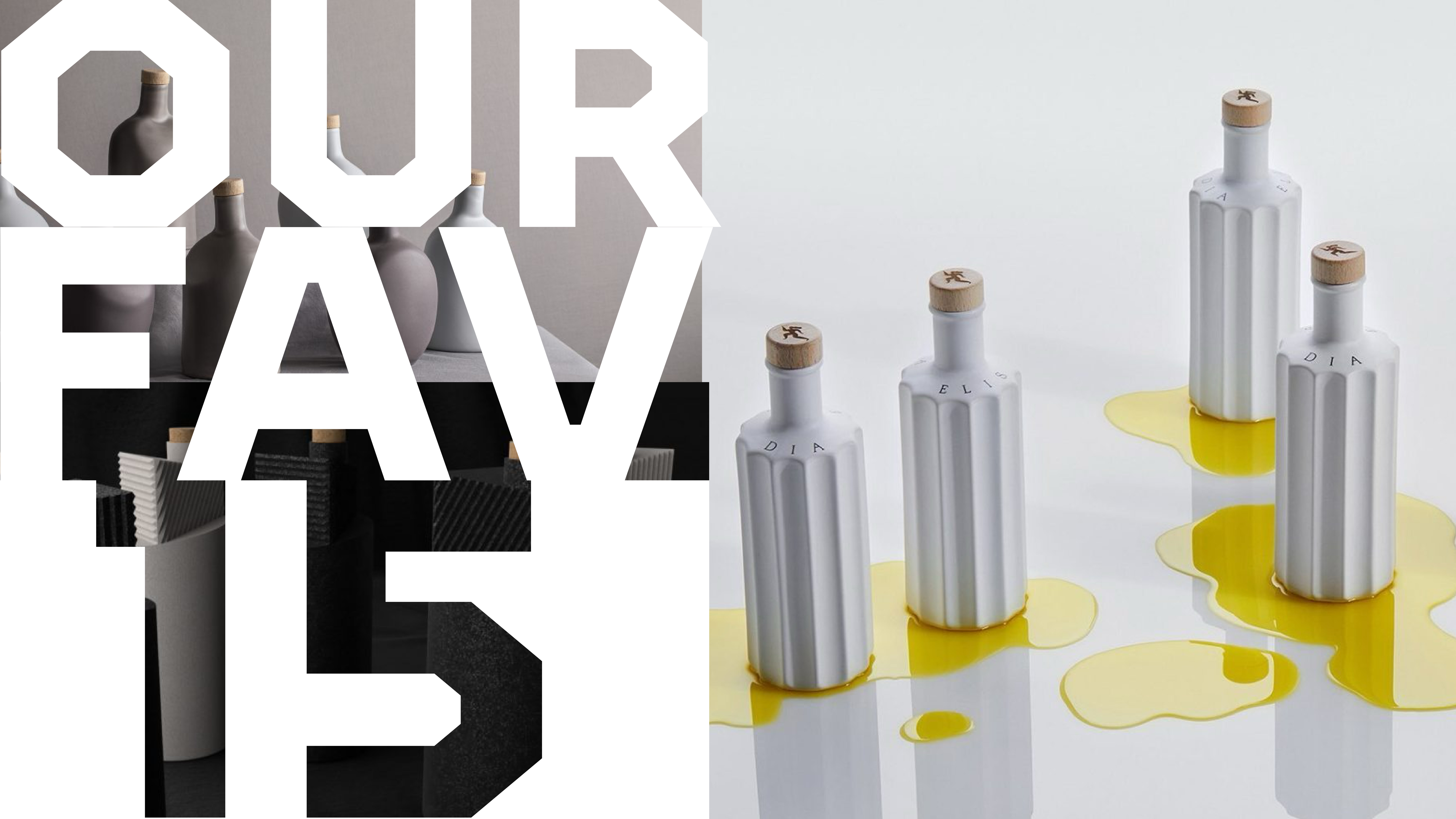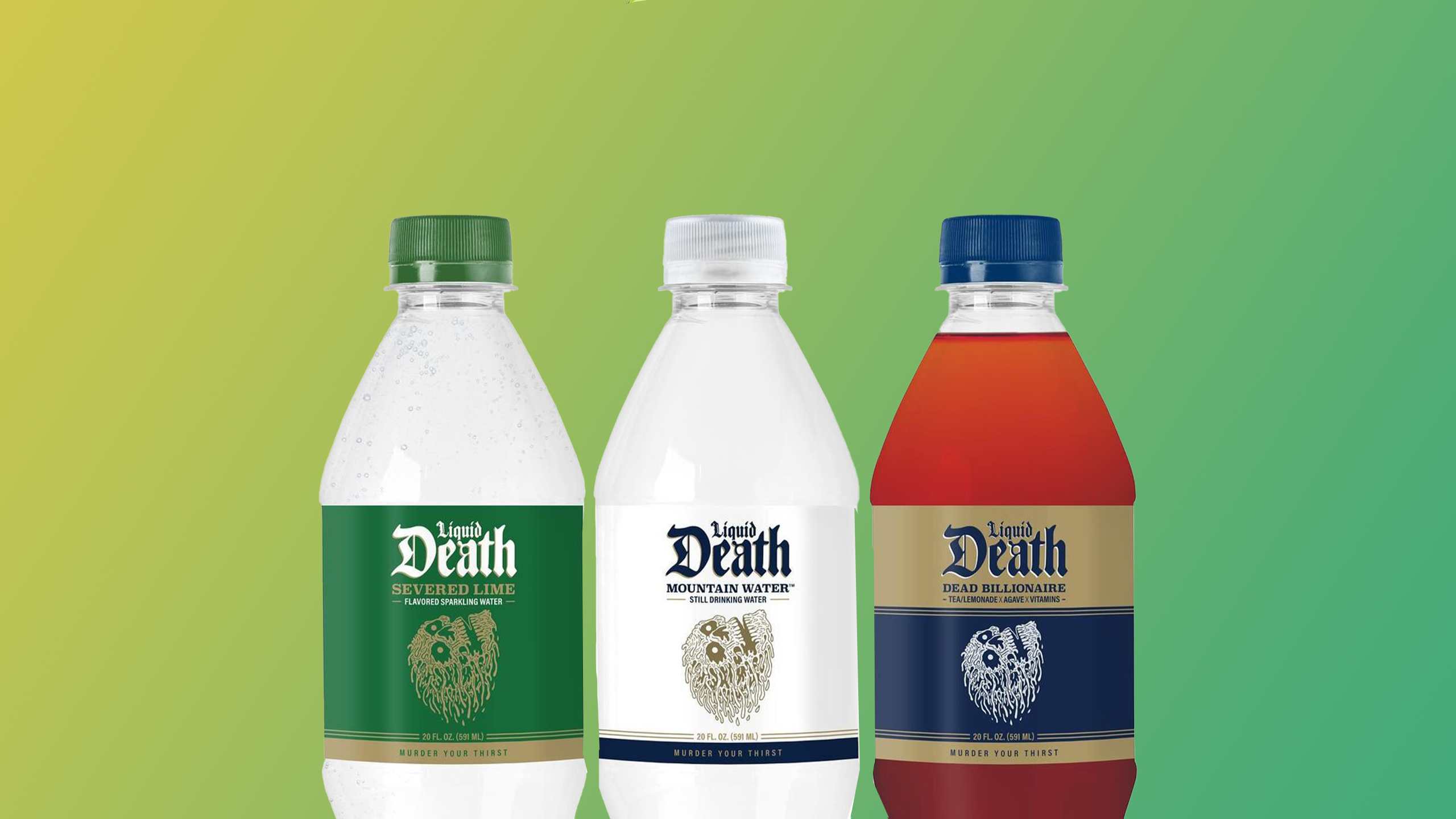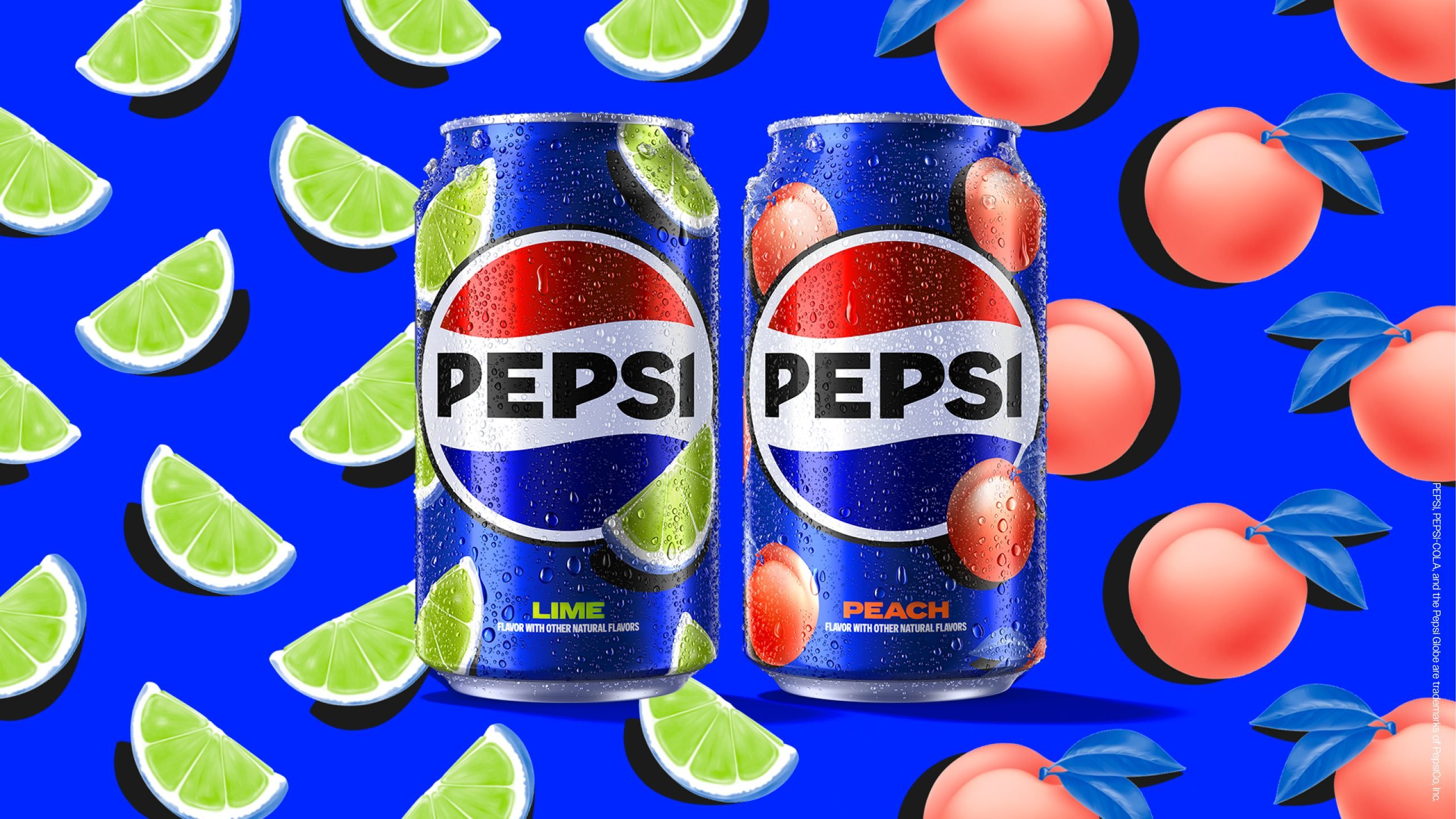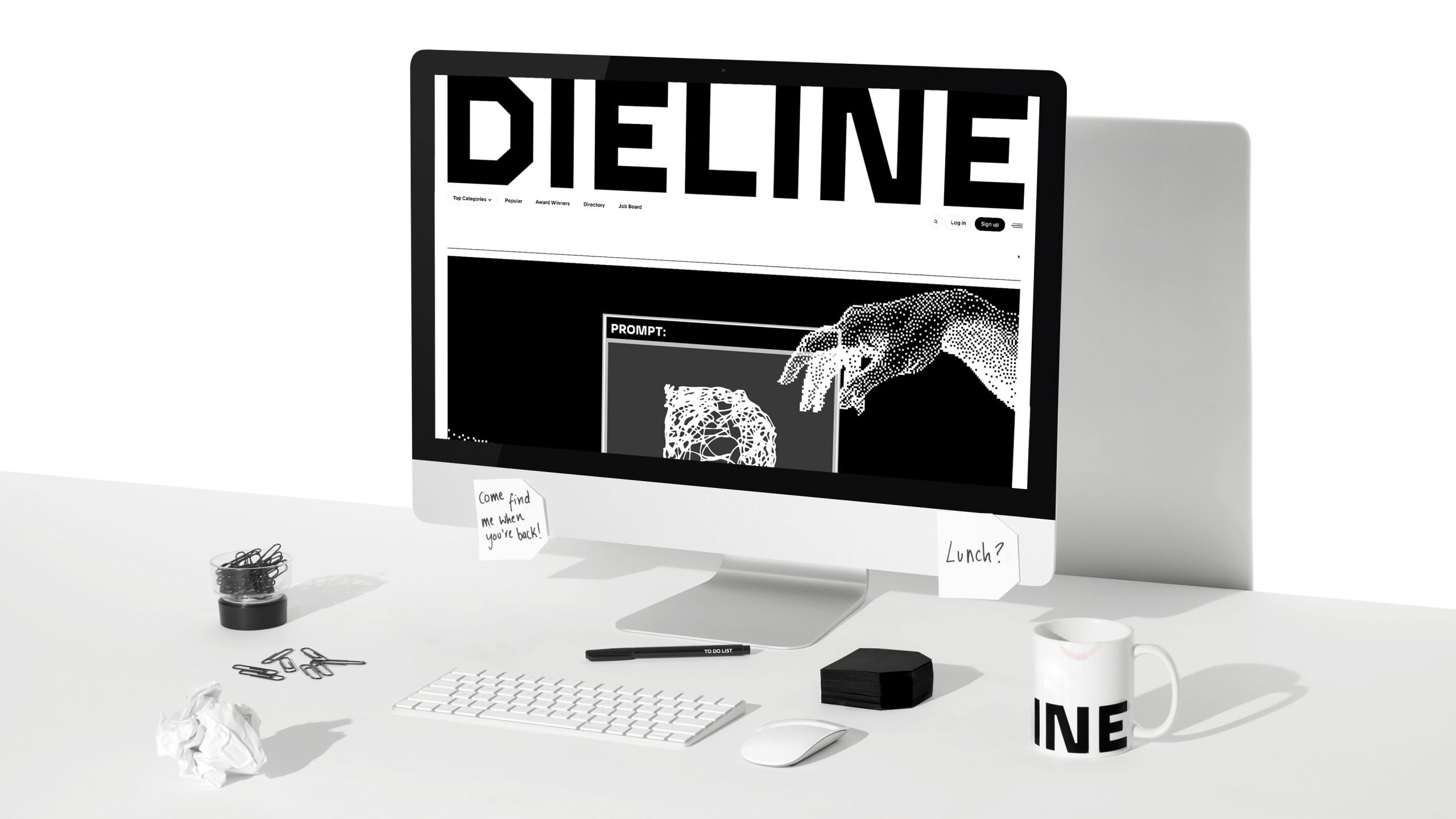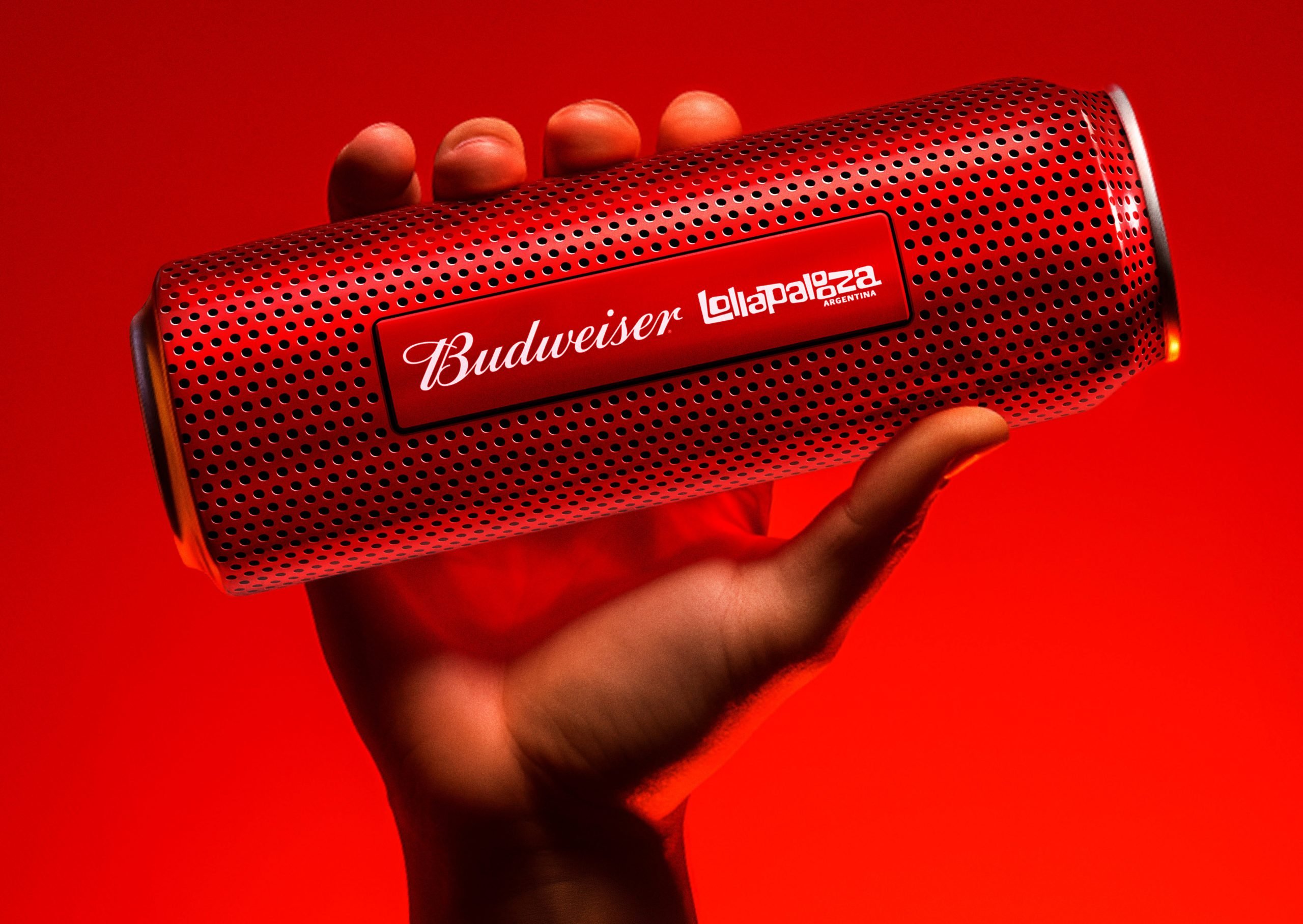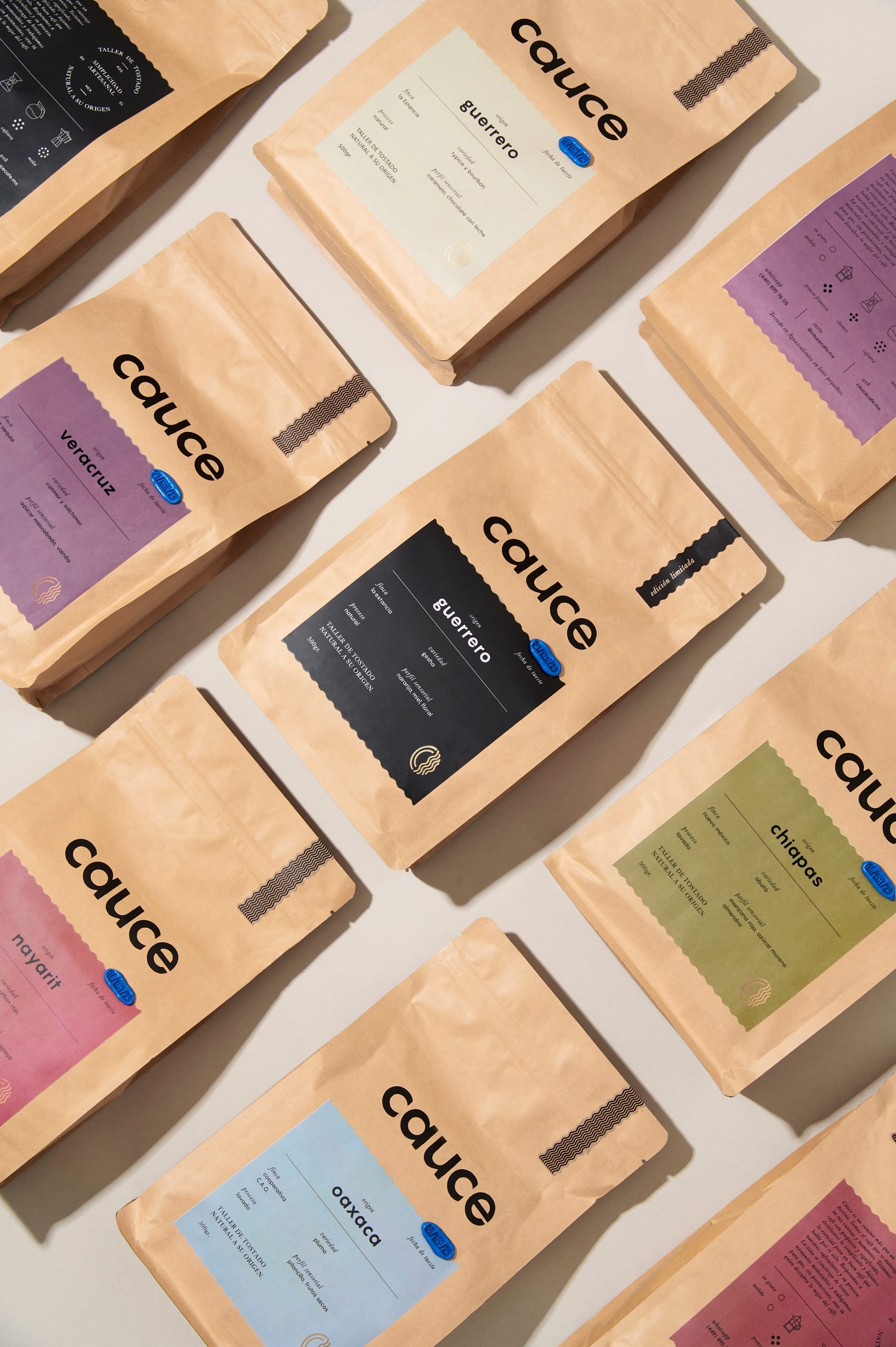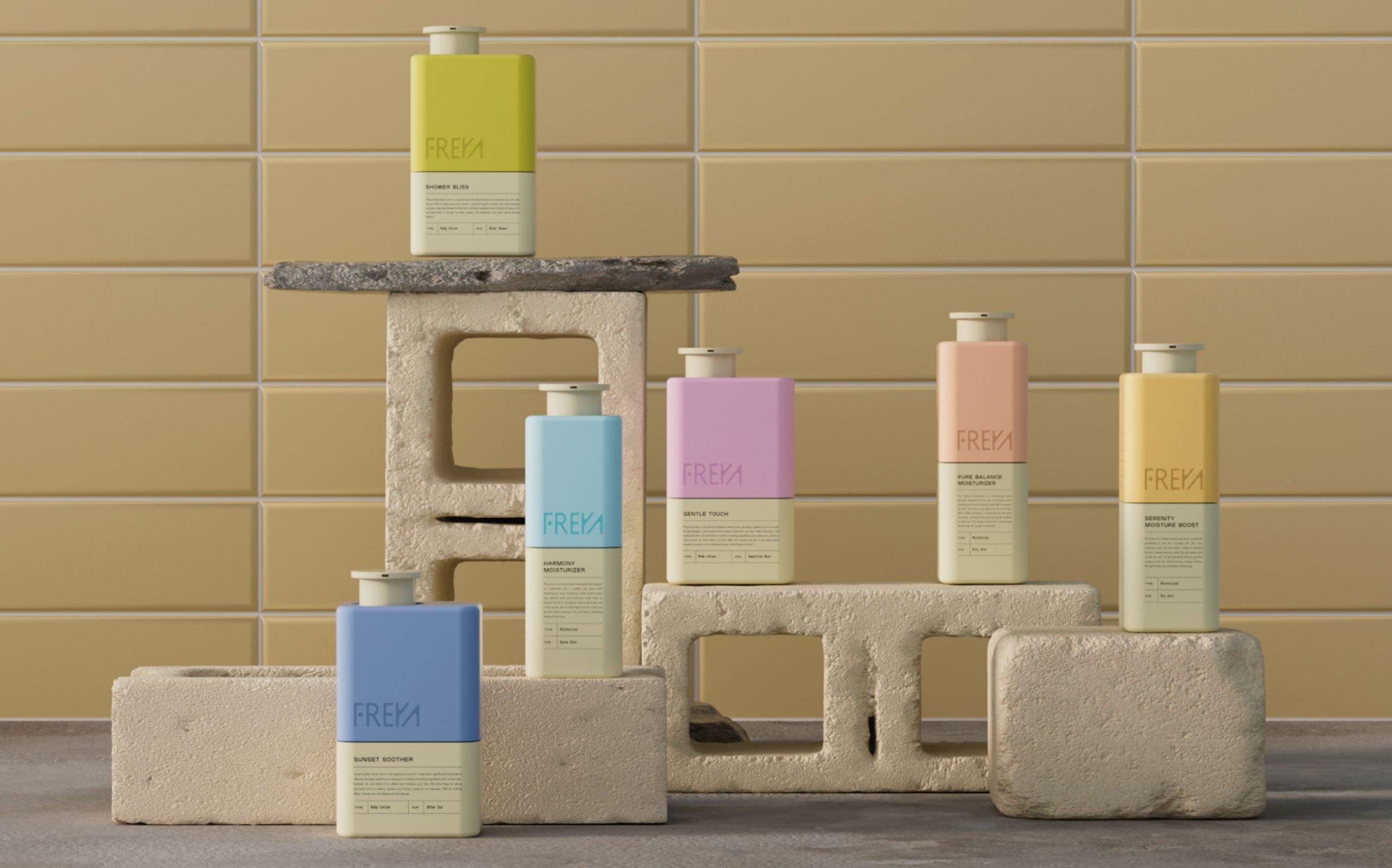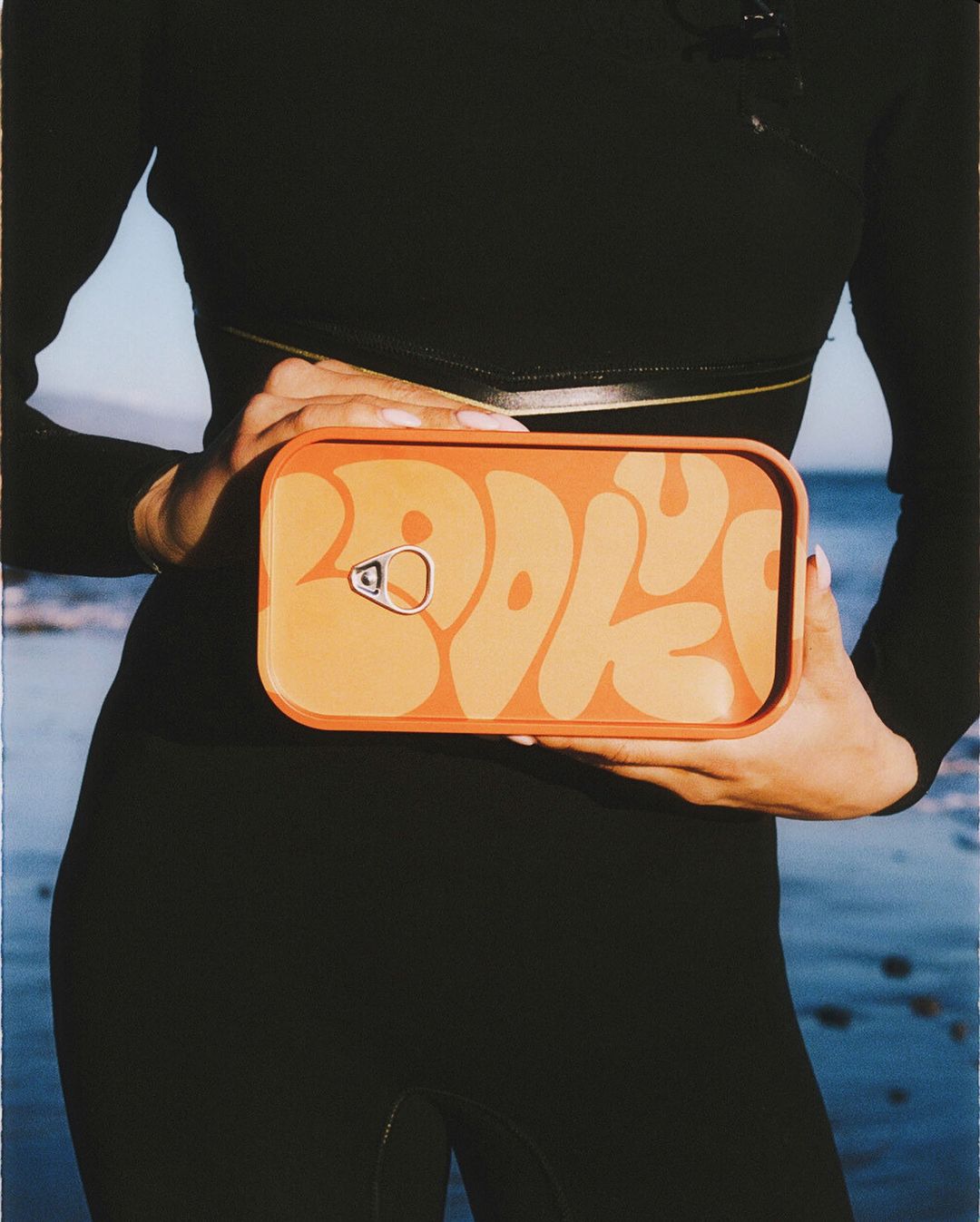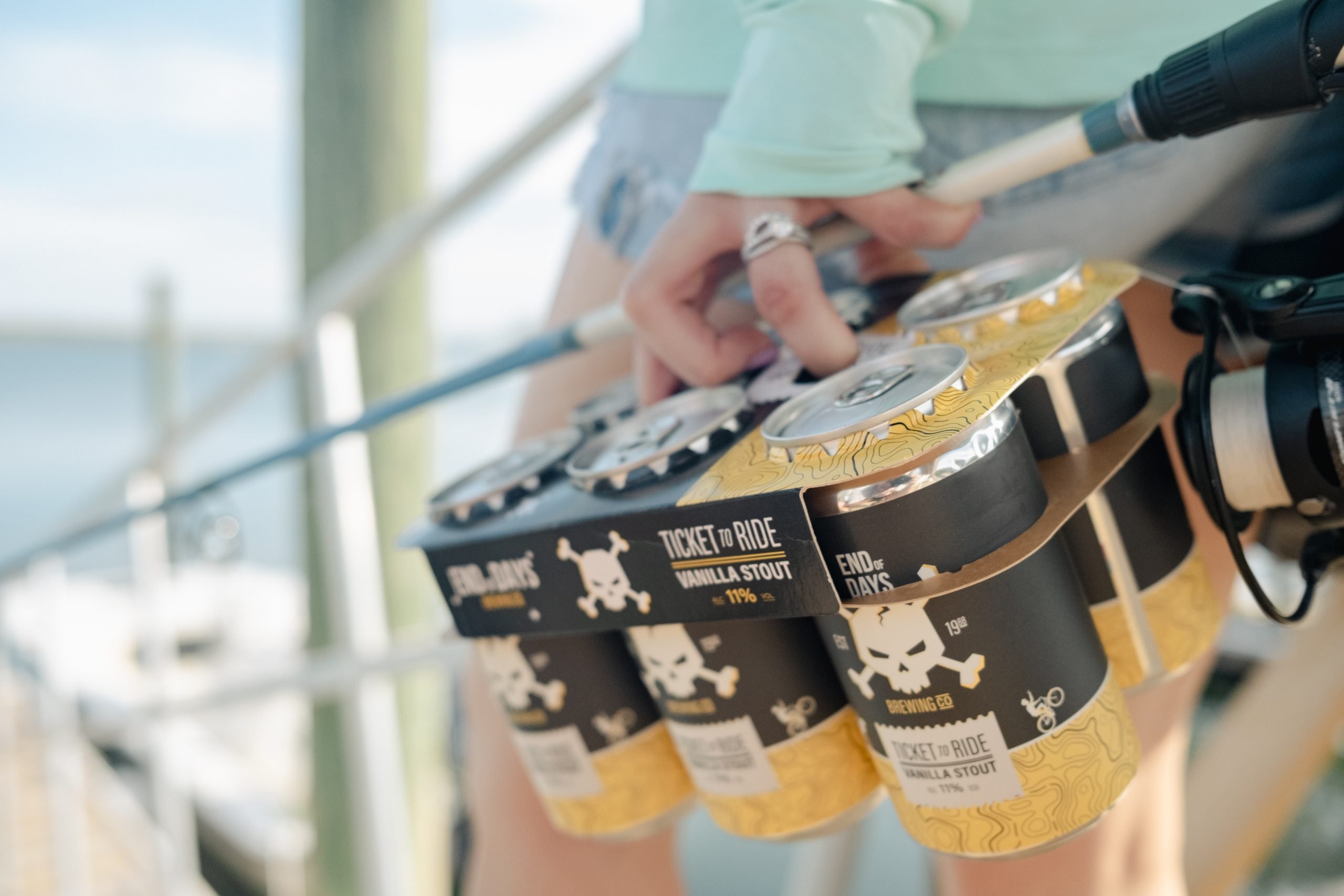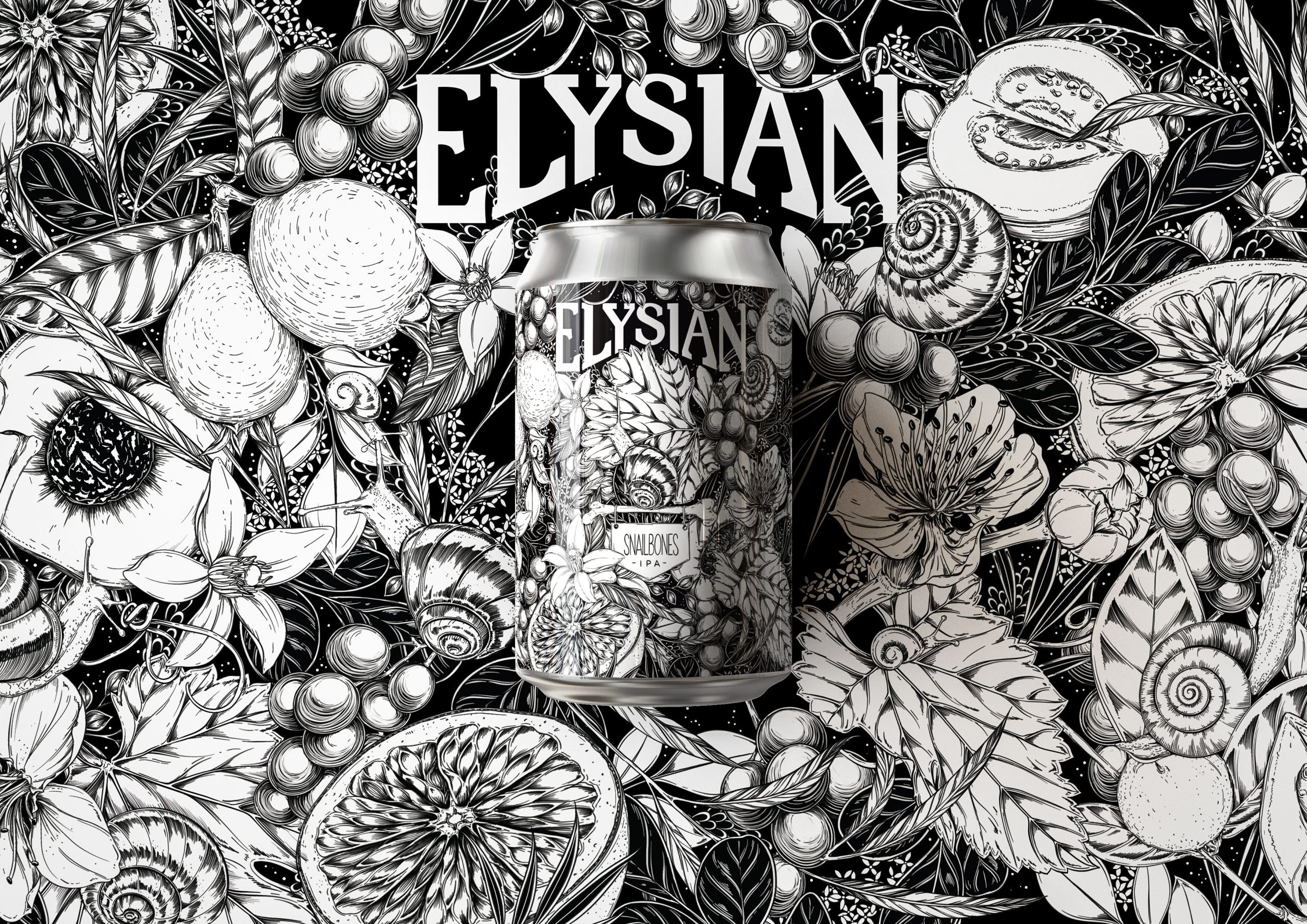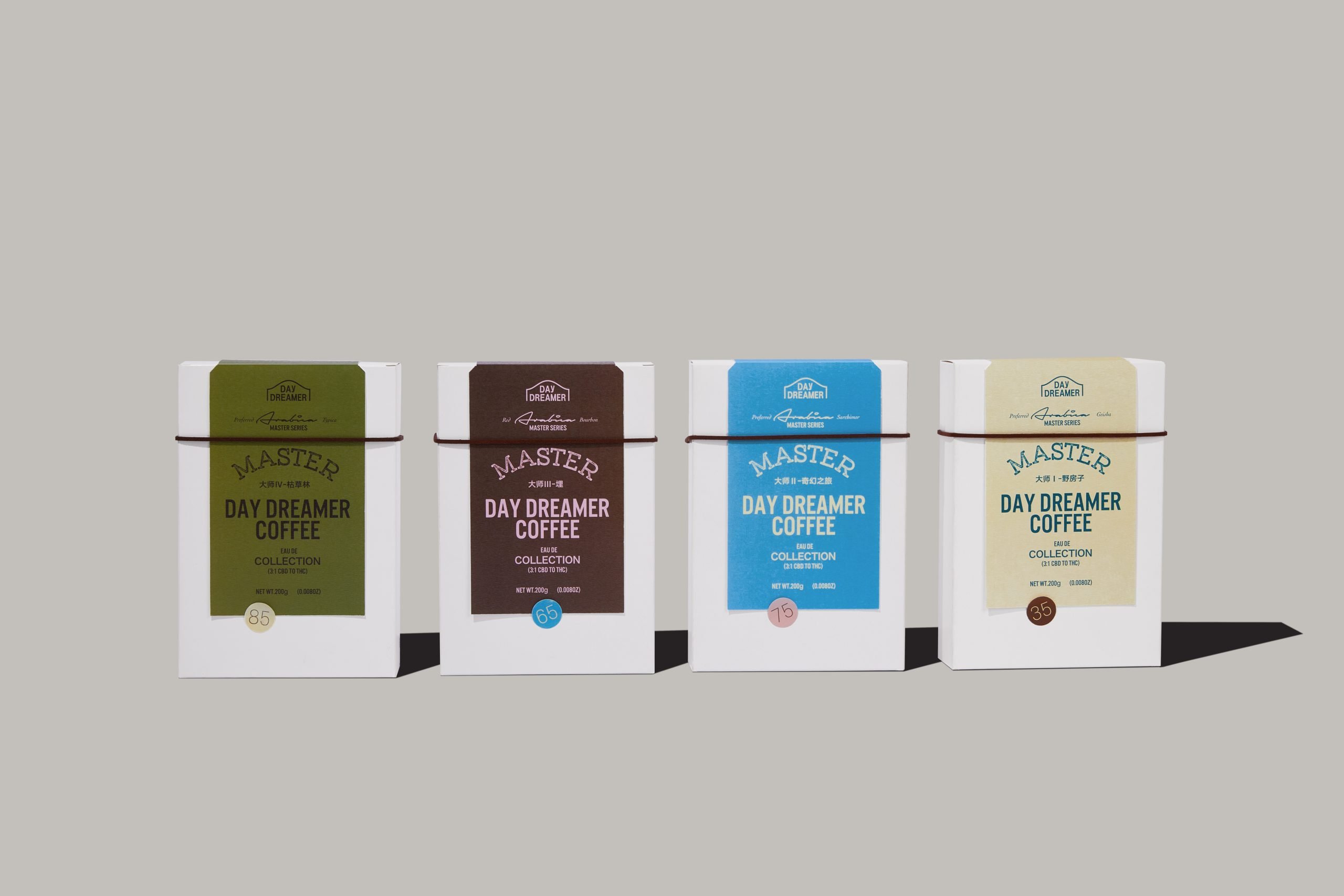The Eurocentric standard of beauty, long the guiding force of the fashion and beauty world, has finally given way to a more diverse range of options for consumers. Even in 2021, that sounds like a ridiculous proposition. Of course, our beauty products should be more inclusive. But itâs only in the past few years that we see that the âFenty Effectâ is 100% real, and underserved demographics are finally having their time in the sun with diversified beauty ranges flying off the shelves. The new standard is shades for everyone.
Now, a new beauty brand for South Asian skin tones has landed on the sceneâKulfi.
